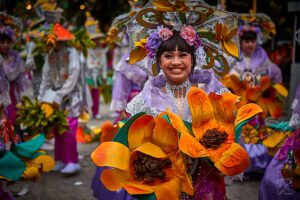
Halamanan Festival: A Blooming Celebration in Guiguinto, Bulacan
Halamanan Festival is a celebration that takes place every January 23rd in Guiguinto, Bulacan, the Garden Capital of the Philippines, celebrating the beauty of the
Situated in the heart of Calumpit, Bulacan, the San Juan Bautista Church stands as a testament to both historical depth and spiritual devotion. Officially known as the Church of St. John the Baptist, this centuries-old edifice is a significant landmark in the province, embodying the rich heritage and religious fervor of its community.
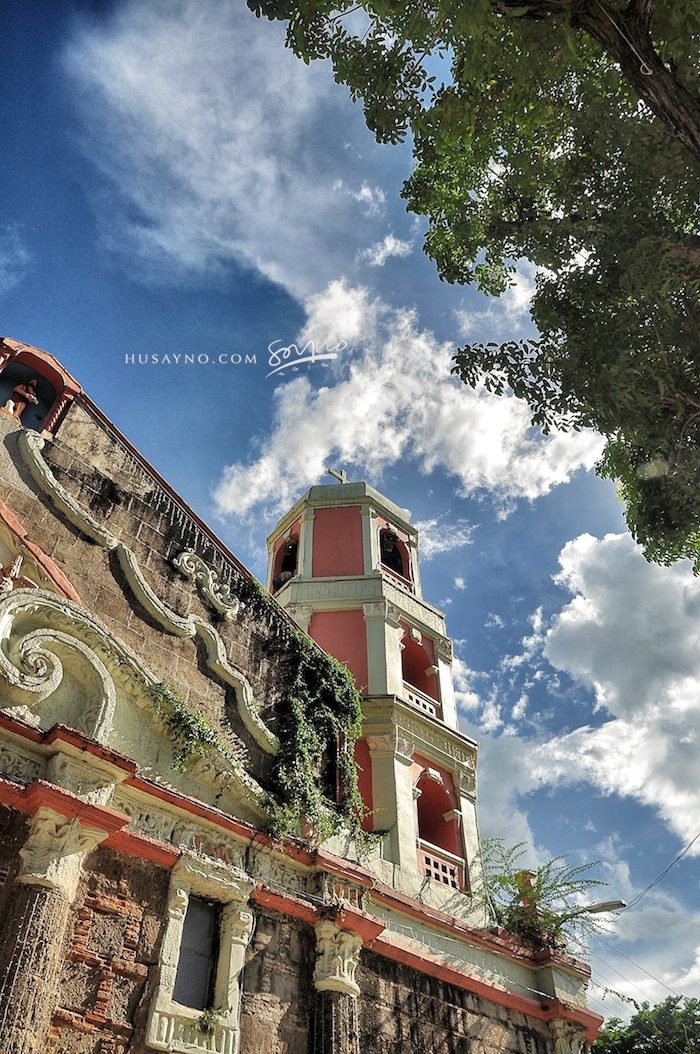
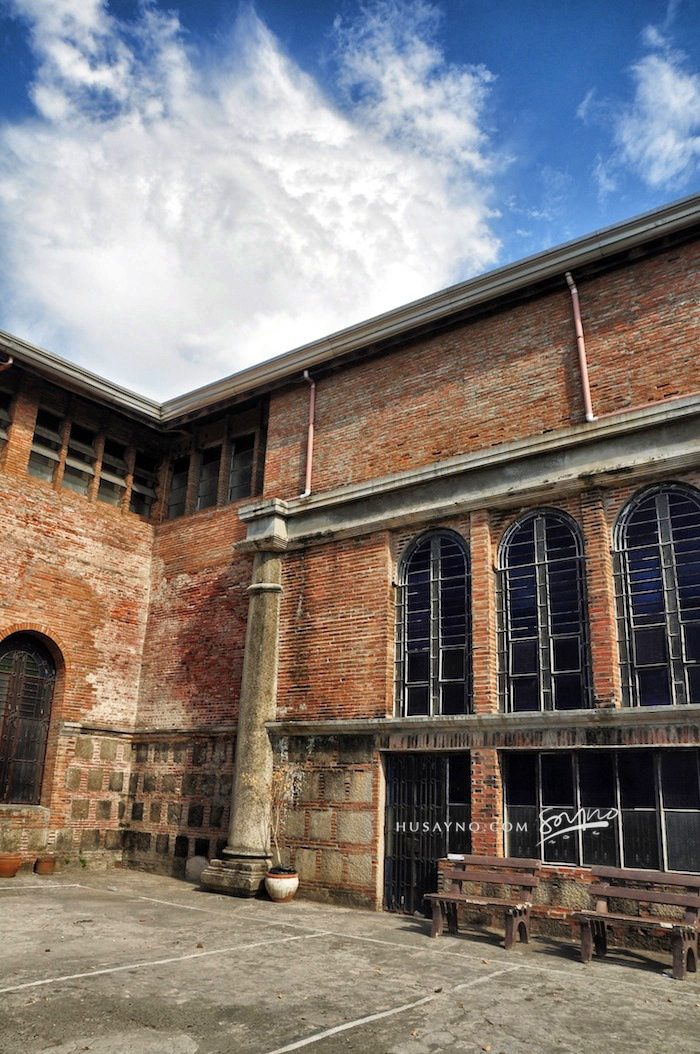
Built during the Spanish colonial era, the Calumpit Church showcases exquisite Baroque architecture dating back to the 17th century. Constructed by the Augustinians during their mission to spread Christianity in northern Luzon, this church holds the distinction of being one of the oldest in the Philippines. Its façade showcases the richness of Mannerism through inventive ornamentation. Comprising four Corinthian-style columns, each topped with a capital, the façade is adorned with floral motifs, scrolls, and rounded square columns. Intricate reliefs on the lower tiers depict the lives of saints.

The main entrance, circular window, and surrounding volutes are complemented by an original ornate pediment. Alongside this detailed doorway, an additional pair of rectangular windows on the façade provides further visual interest. Adjacent to the church, a simple four-tier belfry stands in stark contrast to the elaborate front.
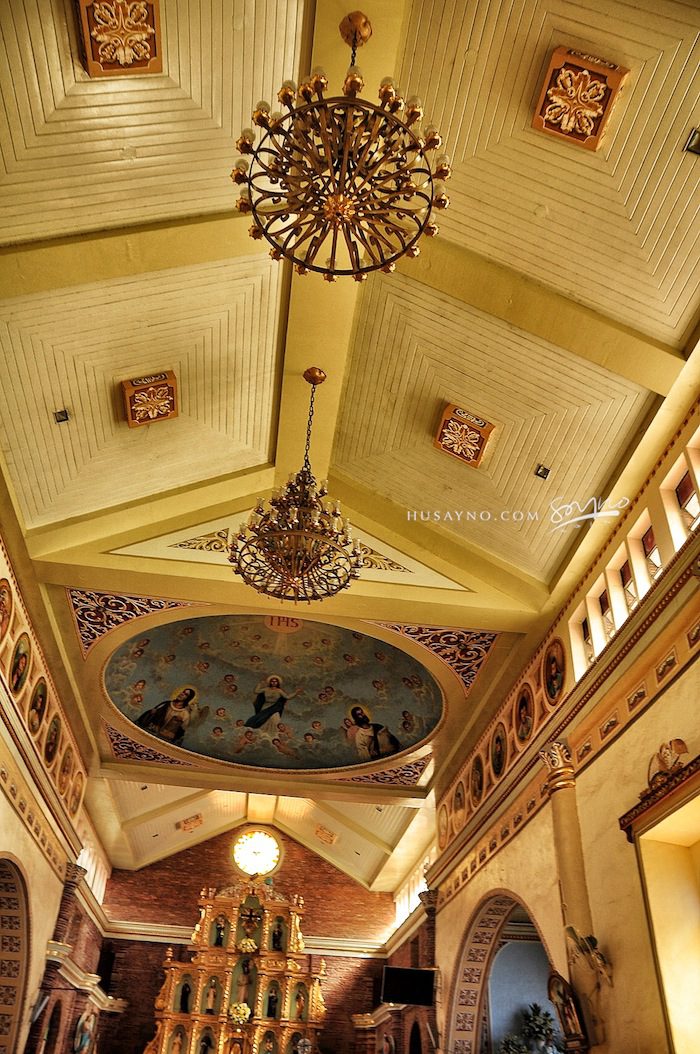
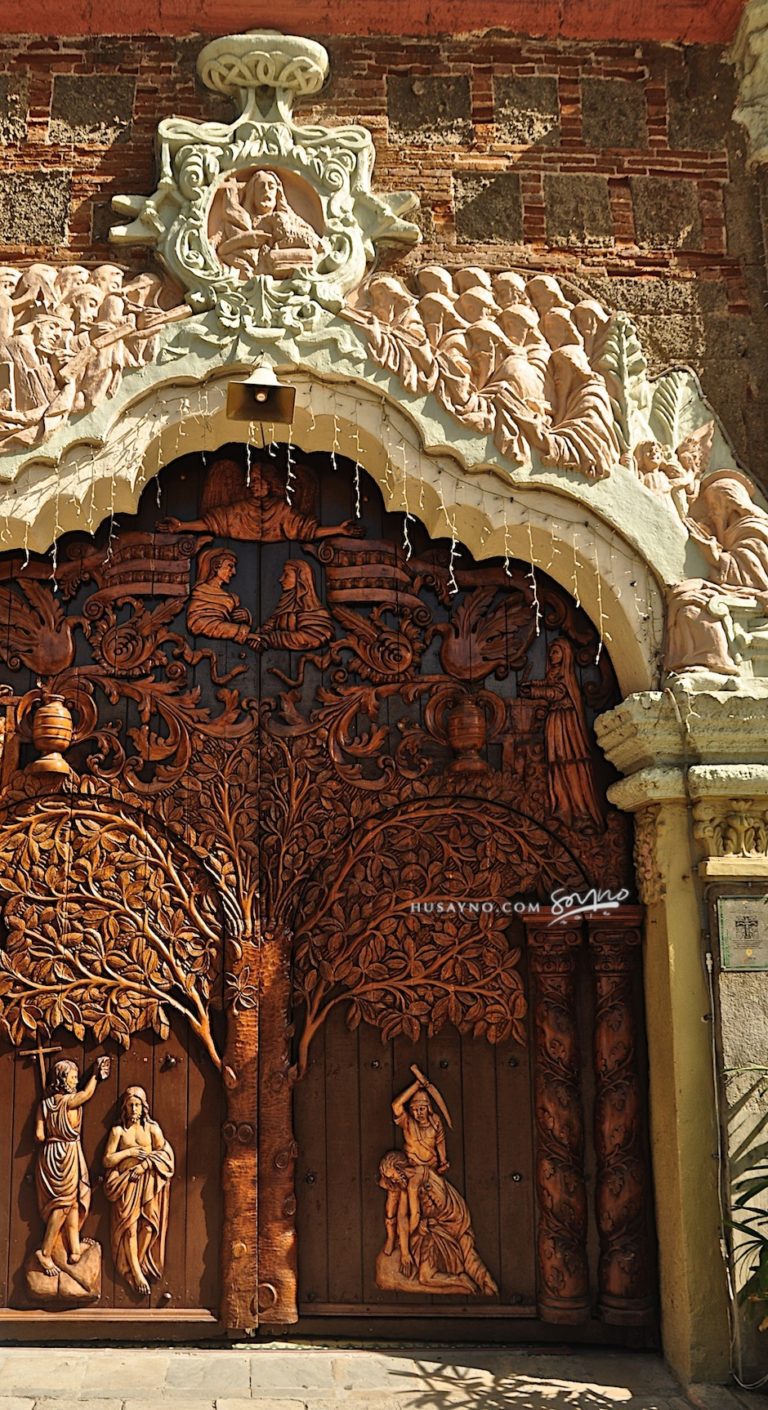
Recently, a beautifully crafted wooden door, intricately carved with scenes depicting the life of Saint John the Baptist, replaced the original one. The renovations not only introduced this stunning door but also transformed the swaying pediments on either side of the entranceway into sleek triangular roofs, giving the whole area a refreshed look.




During the early years of Spanish rule, Calumpit was under the administration of Pampanga and was known as Alcaldía de la Región la Pampanga. It was established as a prior on May 3, 1572, alongside churches like Lubao and Betis. Initially dedicated to St. Nicholas of Tolentine, the church underwent a transformation in December 1576, earning the name La Casa de San Juan Bautista. The church and convent were completed in the mid-17th century, and though uncertainty surrounds the builders, some sources attribute the construction to Vivar-Ordóñez. Father Joaquín Martínez de Zúñiga, the prior at the convent from 1794 to 1797, noted upon his arrival that the structures were made of cut stone with a tile roof. Unfortunately, a few years later, the merging of Angat and Pampanga Rivers near the church and convent led to significant structural damage due to flooding.

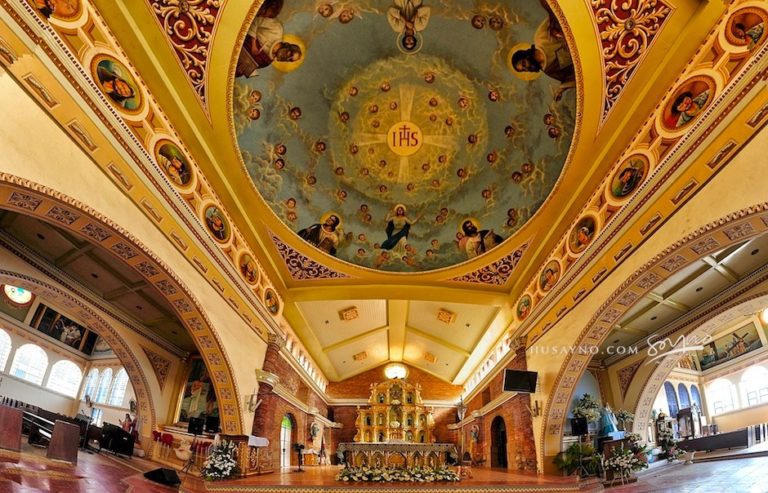
The bell tower of the church was rumored to be short and not very well-built. According to locals, many town priests were encouraged to improve it, and eventually, Fray Antonio Llanos took on the task and reconstructed it in 1829.
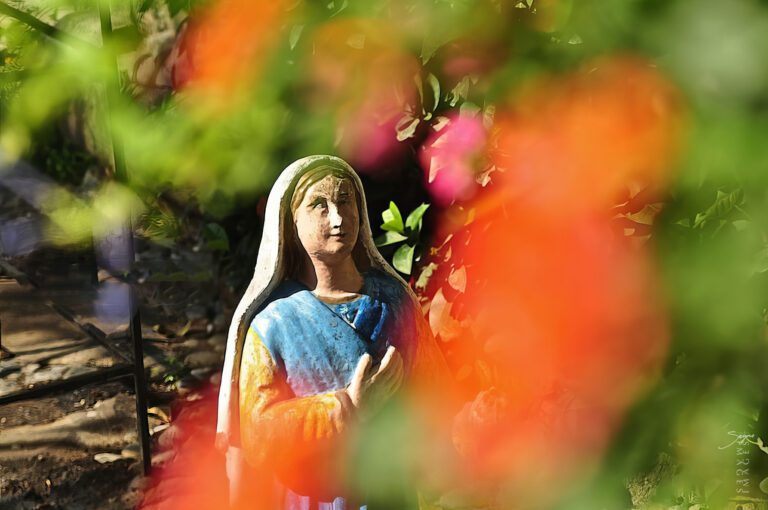
In 1899, amid the Philippine Revolution, a devastating fire swept through, causing extensive damage to the entire complex. Despite this setback, the church has continued to stand as a symbol of resilience and faith for the community.
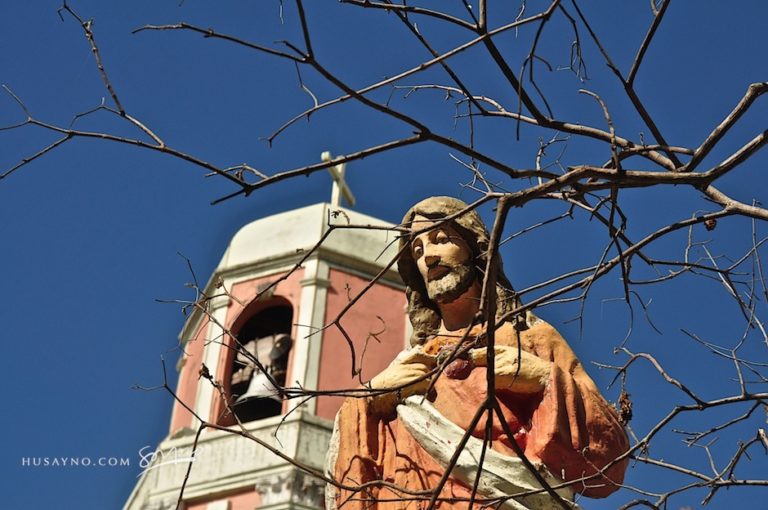
RELATED STORIES

Halamanan Festival is a celebration that takes place every January 23rd in Guiguinto, Bulacan, the Garden Capital of the Philippines, celebrating the beauty of the

A heritage site, the Plaridel’s Simborio chapel was built during the 1700’s and it is considered one of the oldest structures in the Bulacan Province
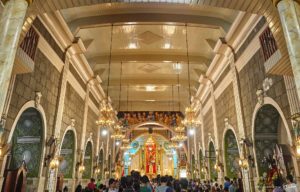
In the Diocese of Malolos, the Saint Francis of Assisi Parish Church or better known as Meycauayan Church, is the largest parish in Bulacan, and
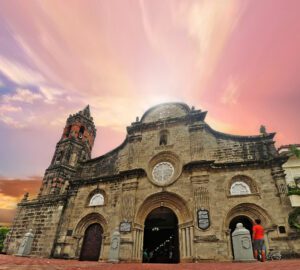
As it is commonly known, the Barasoain Church, one of the most historic religious buildings in the Philippines, and the site of the first Philippine
The church is not only a place of worship but also a cultural hub for the residents of Calumpit. It hosts various religious celebrations, including feasts and novenas, which are integral to the local way of life. These events are marked by vibrant processions, communal gatherings, and traditional rituals, which continue to strengthen the sense of community and shared heritage.
Efforts to preserve the Calumpit Church have been ongoing, ensuring that its historical and cultural significance is maintained for future generations. The church stands as a proud emblem of Calumpit’s past, offering visitors a glimpse into the region’s architectural beauty and spiritual depth.
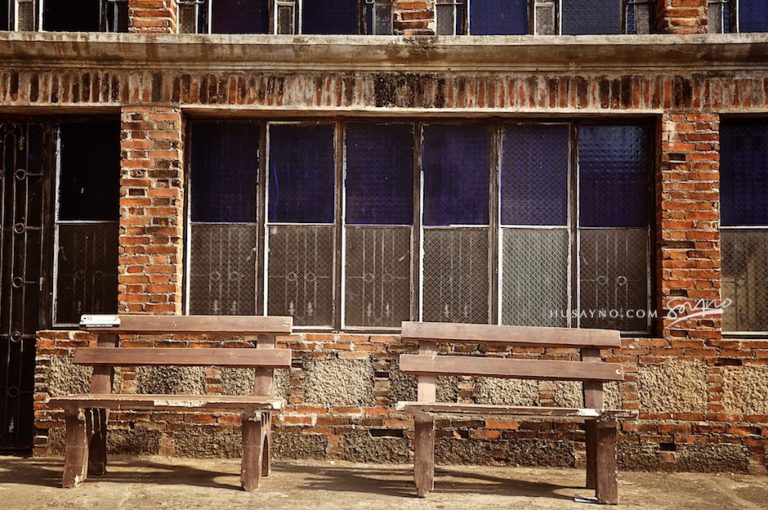
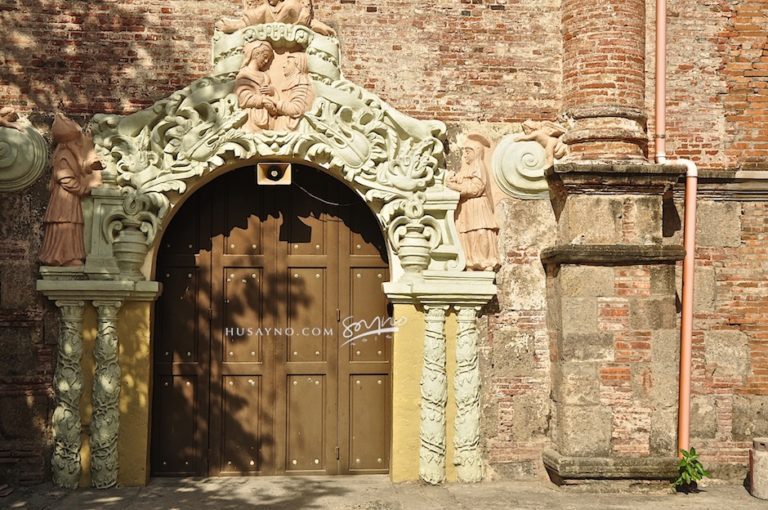
For those visiting Calumpit, the San Juan Bautista Church provides a serene and reflective space away from the hustle and bustle of modern life. Its timeless beauty and tranquil atmosphere offer a moment of peace and contemplation, inviting visitors to appreciate the intersection of history, faith, and community.
I’m looking forward to the stories and images leaving a lasting positive impression on you, just as they have on me. Stay connected with us on social media for a weekly exploration of travel assignments and breathtaking visuals. Our focus is on championing local tourism, showcasing small businesses, and honoring the magnificence of the Philippines through the content we curate. Join us in spreading the word by clicking the ‘share’ buttons below. Your support means the world to us.
EXPLORE MORE about

Halamanan Festival is a celebration that takes place every January 23rd in Guiguinto, Bulacan, the Garden Capital of the Philippines, celebrating the beauty of the

A heritage site, the Plaridel’s Simborio chapel was built during the 1700’s and it is considered one of the oldest structures in the Bulacan Province

In the Diocese of Malolos, the Saint Francis of Assisi Parish Church or better known as Meycauayan Church, is the largest parish in Bulacan, and

As it is commonly known, the Barasoain Church, one of the most historic religious buildings in the Philippines, and the site of the first Philippine
BROWSE BY CATEGORIES